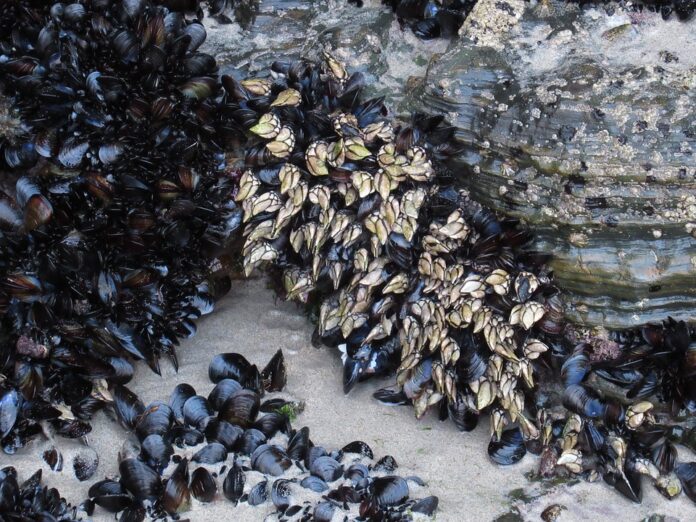Sustainability in the Goose Neck Barnacle Industry: Reducing Overharvesting and Environmental Impact
Goose neck barnacles, also known as percebes, are a delicacy in many parts of the world, especially in Spain and Portugal. However, the increasing demand for these crustaceans has led to overharvesting and environmental concerns. In this report, we will explore the current state of the goose neck barnacle industry and discuss strategies for promoting sustainability and reducing the negative impact on the environment.
The Importance of Goose Neck Barnacles
Goose neck barnacles are highly valued for their unique flavor and texture, making them a popular choice in seafood dishes. They are typically found in rocky intertidal zones along the coast, where they attach themselves to rocks and feed on plankton. Due to their limited availability and high demand, goose neck barnacles can fetch a high price in the market.
Challenges Facing the Industry
Despite their popularity, the goose neck barnacle industry faces several challenges, including overharvesting and habitat destruction. Overharvesting can lead to a decline in barnacle populations, disrupting the ecosystem and threatening the sustainability of the species. Additionally, the use of unsustainable harvesting practices, such as scraping barnacles off rocks without proper tools, can damage the surrounding habitat and other marine life.
Current Harvesting Practices
In many regions where goose neck barnacles are harvested, there are no regulations or limits on the amount that can be collected. This lack of oversight has contributed to overharvesting and has put pressure on barnacle populations. Additionally, the use of destructive harvesting methods, such as crowbars and chisels, can cause long-term damage to the rocky habitats where barnacles thrive.
Strategies for Sustainability
To promote sustainability in the goose neck barnacle industry, several strategies can be implemented. One approach is to establish quotas and regulations on harvesting to prevent overexploitation of barnacle populations. By setting limits on the amount that can be collected and enforcing these regulations, it is possible to ensure the long-term viability of the species.
Another strategy is to promote sustainable harvesting practices, such as using specialized tools that minimize damage to the surrounding habitat. By educating harvesters on the importance of preserving the ecosystem and providing them with the necessary equipment and training, it is possible to reduce the environmental impact of barnacle harvesting.
Case Study: Sustainable Harvesting in Galicia, Spain
One example of successful sustainable harvesting practices can be found in Galicia, Spain. In this region, goose neck barnacle harvesters are required to obtain a license and adhere to strict regulations on the amount that can be collected. Additionally, harvesters are trained to use hand tools that minimize damage to the rocky habitats where barnacles grow.
As a result of these measures, the goose neck barnacle population in Galicia has remained stable, and the ecosystem has been preserved. By implementing similar strategies in other regions where barnacles are harvested, it is possible to promote sustainability and ensure the long-term viability of the industry.
Conclusion
In conclusion, the goose neck barnacle industry faces significant challenges related to overharvesting and environmental impact. By implementing sustainable harvesting practices and promoting regulations on harvesting, it is possible to reduce the negative impact on barnacle populations and preserve the ecosystem. By taking a proactive approach to sustainability, it is possible to ensure that future generations can continue to enjoy this delicacy without harming the environment.


